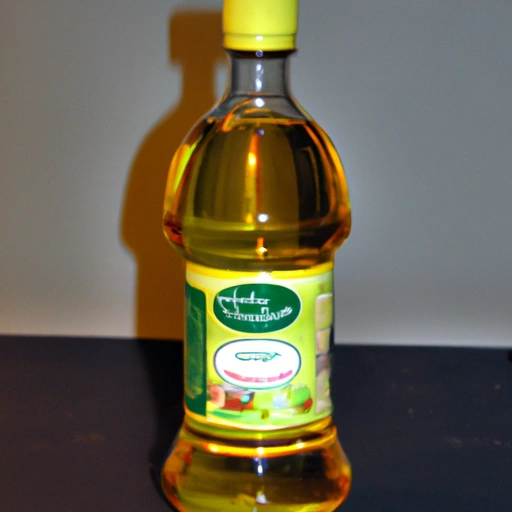Salad Oil
Description

Salad oil is a term commonly used to refer to a light-tasting vegetable oil that is used primarily in the preparation of cold dishes such as salad dressings, marinades, and mayonnaise. This type of oil has a high smoke point and a neutral flavor, making it an ideal choice for dishes where a strong oil taste is not desired. Salad oils include a variety of vegetable oils such as canola, sunflower, and safflower oil. In recipes, quantities of salad oil may be measured in various units; in the United States, cups and tablespoons are standard (1 cup = 237 ml, 1 tablespoon = 14.8 ml), while in Europe and many other parts of the world, milliliters (ml) and liters (l) are more common.
Common uses
Salad oil is used as a base ingredient for salad dressings, marinades, sauces, and as a cooking oil for sautéing or light frying. It is also used in baking to add moisture and create tender textures in cakes and bread.
Nutritional value
Calories
Salad oil is high in calories, with a typical serving of 1 tablespoon (approximately 14 grams) containing around 120 calories.
Protein
Salad oil contains negligible amounts of protein.
Fat
The fat content in salad oil is high, with 1 tablespoon containing around 14 grams of fat, mostly unsaturated fats which are considered healthier for the heart.
Carbohydrates
Salad oil typically contains no carbohydrates.
Vitamins
Some salad oils may be fortified with vitamins such as vitamin E, which is a natural antioxidant.
Minerals
Salad oil generally does not contain minerals.
Health benefits
The unsaturated fats found in salad oils can contribute to heart health by lowering bad cholesterol levels. Some oils are also a source of omega-3 and omega-6 fatty acids, which are essential for body functions.
Potential risks
Overconsumption of salad oil, like any fat, can lead to weight gain. Additionally, oils can become unhealthy if used past their smoke point or if they are reused for cooking multiple times.
Common recipes
Salad oil is a staple in recipes for vinaigrettes, creamy dressings, aioli, pesto, and other cold sauces. It is also a common ingredient in cake and muffin recipes to ensure a moist crumb.
Cooking methods
While salad oil is predominantly used raw in dressings and sauces, it can also be used for gentle cooking methods such as sautéing and light frying due to its high smoke point.
Pairing with other ingredients
Salad oil pairs well with acidic ingredients like vinegar or lemon juice in dressings, and can be infused with herbs and spices for added flavor. It is also compatible with sweet ingredients in baked goods.
Summary
Salad oil is a versatile ingredient essential in many kitchens around the globe. Its neutral taste and high smoke point make it suitable for a wide range of culinary uses, from dressings and marinades to baking and light cooking. While it offers certain health benefits, moderation is key due to its high calorie and fat content.